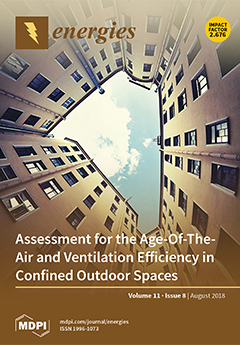The volatilization characteristics and occurrence forms of V and Ni in petroleum coke (petcoke) were investigated during steam (H
2O) and carbon dioxide (CO
2) gasification on a fixed bed reactor at 800–1100 °C. The Tessier sequential chemical extraction procedure was
[...] Read more.
The volatilization characteristics and occurrence forms of V and Ni in petroleum coke (petcoke) were investigated during steam (H
2O) and carbon dioxide (CO
2) gasification on a fixed bed reactor at 800–1100 °C. The Tessier sequential chemical extraction procedure was employed to determine the different forms of V and Ni. The results showed their volatilities were not dependent on the gasification atmosphere, but rather relied mainly on the reaction temperature. The CO
2 atmosphere accelerated the conversion of organic-bound nickel to residual form at low temperature and promoted Fe-Mn oxides formation at high temperature. However, the H
2O atmosphere was conducive to form vanadium bound to Fe-Mn oxides and promoted the decomposition of residual forms. In addition, the thermodynamic equilibrium calculations showed the volatilization of Ni mainly released Ni
3S
2 between 800–1100 °C. The H
2O atmosphere was favorable to generate the more stable Ni
xS
y compound, thereby suppressing the volatilization of Ni, while the presence of CO
2 led to an increase in residual V and decrease of Fe-Mn oxides. The V and Ni mainly caused erosion problems under the CO
2 atmosphere while the fouling and slagging obviously increased under the H
2O atmosphere with impacts gradually weakened with the increase of temperature.
Full article





